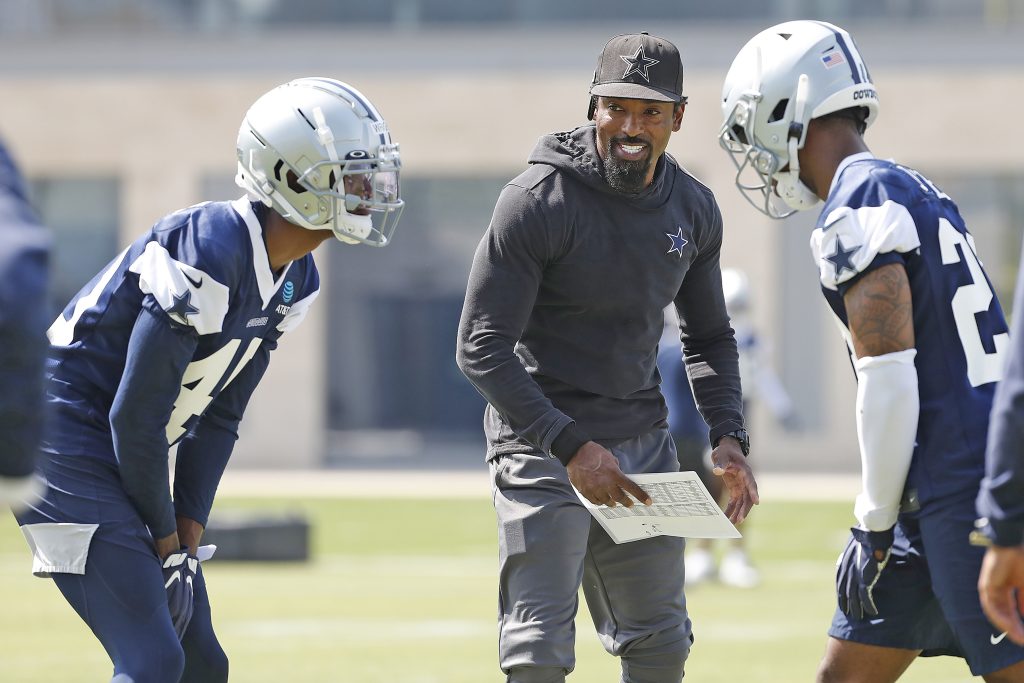Introduction
Al Harris is a name that holds significance in both the world of sports and science. Known for his successful career in the NFL as a cornerback and later transitioning to a prominent role at NASA, Harris has made a lasting impact in multiple fields. This article will delve into the life and achievements of Al Harris, exploring his time in the NFL, his transition to a career in engineering, and his contributions to the field of aerospace.
Al Harris: NFL Career
Al Harris began his professional football career in 1997 when he was drafted by the Tampa Bay Buccaneers in the sixth round of the NFL Draft. He later went on to play for the Philadelphia Eagles, Green Bay Packers, Miami Dolphins, and St. Louis Rams. Harris is best known for his time with the Green Bay Packers, where he played from 2003 to 2009.
During his time with the Packers, Harris established himself as a reliable and skilled cornerback, known for his physicality and ability to shut down opposing receivers. He was a key player in the Packers' defense and played a crucial role in their success during his tenure with the team.
Al Harris Career Stats
Throughout his NFL career, Al Harris accumulated impressive statistics. He recorded over 500 tackles, 21 interceptions, and 108 passes defended. Harris was also known for his durability, rarely missing games due to injury. His consistency and reliability on the field made him a valuable asset to any team he played for.
Transition to Engineering
After retiring from the NFL in 2011, Al Harris made a significant career change by pursuing a degree in engineering. Harris had always been interested in science and technology, and he saw this as an opportunity to explore a new passion. He enrolled in a program at a local university and quickly excelled in his studies.
Al Harris: NASA Engineer
Harris's dedication and hard work paid off when he was offered a position at NASA as an engineer. He joined the prestigious organization and began working on various projects related to aerospace and space exploration. Harris's background in sports taught him valuable skills such as teamwork, discipline, and perseverance, which he applied to his new role at NASA.
One of Harris's most notable projects at NASA was his involvement in the development of the Mars Rover. He played a key role in designing and testing the rover's navigation system, ensuring its accuracy and reliability for its mission on the red planet. Harris's contributions to the Mars Rover project were instrumental in its success and further solidified his reputation as a talented engineer.
Al Harris: Legacy and Impact
Al Harris's journey from NFL player to NASA engineer is a testament to his versatility and determination. His success in both fields serves as an inspiration to others, showing that with hard work and dedication, anything is possible. Harris's legacy extends beyond his accomplishments on the football field and in the engineering world – he is a role model for aspiring athletes and scientists alike.
Al Harris: Hidden Figures
In addition to his achievements in sports and engineering, Al Harris is also known for his involvement in the film "Hidden Figures." The movie tells the story of three African-American women who played crucial roles in NASA's early space missions. Harris served as a consultant on the film, providing valuable insights and expertise on the technical aspects of the space program.
Harris's contributions to "Hidden Figures" helped bring attention to the often-overlooked contributions of African-American scientists and engineers to the space program. His involvement in the film further highlights his commitment to promoting diversity and inclusion in the STEM fields.
Al Harris: Coaching Career
After his time at NASA, Al Harris decided to pursue a career in coaching. He joined the coaching staff of the Dallas Cowboys as a defensive backs coach, where he worked closely with the team's secondary players. Harris's experience as a former NFL player and engineer provided him with a unique perspective that he brought to his coaching role.
Harris's coaching style was characterized by his attention to detail, strategic thinking, and ability to motivate his players. He was instrumental in developing the skills and techniques of the Cowboys' defensive backs, helping them improve their performance on the field. Harris's coaching career was marked by success, and he quickly gained a reputation as a talented and respected coach in the NFL.
Conclusion
Al Harris's journey from NFL player to NASA engineer to NFL coach is a remarkable story of perseverance, passion, and dedication. His ability to excel in multiple fields is a testament to his versatility and talent. Harris's legacy extends beyond his accomplishments on the football field and in the engineering world – he is a role model for aspiring athletes, scientists, and coaches alike. His impact on the sports and science communities will continue to be felt for years to come.

